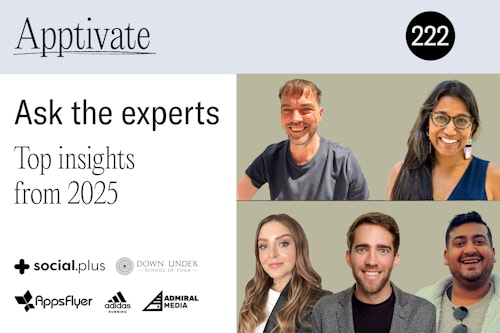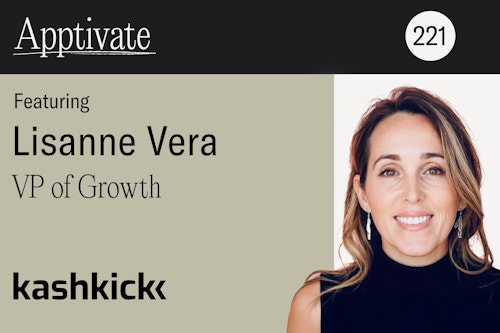Ep 191: Overcoming marketing signal loss by testing audiences
September 11, 2024

When Alex Song had to fold a business due to the changes in digital marketing post-iOS14, he set out to solve the problem of signal loss. In this episode, Taylor Lobdell interviews Alex about the solution – an AI-powered data intelligence platform called Proxima. Learn how the platform leverages anonymized first-party data to help digital brands access new customers, lower their acquisition costs, and increase their ROAS. Alex also shares poignant advice to professionals wondering if they should be taking more risks in their career path.
Alex is the CEO and Founder of Proxima. Before launching Proxima, Alex founded three direct-to-consumer businesses, after working a decade as an investment banking analyst.
Listen and subscribe:
Listen on Apple podcasts
Listen on Spotify
Questions Alex answered in this episode:
- What is Proxima and why did you start it?
- Where are you getting your data? And what are you doing with it to make CPAs lower and ROAS better?
- How did you manage to solve the loss of signal post-iOS14?
- How do you think the most successful mobile marketers are getting in front of the right customer at the right moment, without a ton of data to rely on?
- How do you think about attribution and measurement?
- What do you think the future looks like for AI-powered marketing platforms?
- Does your platform work with Android, too?
Timestamp:
- 0:50 What is Proxima?
- 2:25 Alex’s background
- 8:00 How does Proxima work?
- 12:54 How most marketers are solving for signal loss
- 14:51 Attribution and measurement
- 16:15 Testing audiences and creative concurrently
- 17:10 The future of AI-powered marketing tools
- 19:32 How to test if Proxima would work for you
- 22:15 Career advice & accelerated learning
- 28:47 What not to miss in NYC
Quotes:
(13:50-14:16) “What we are really focused on is how people can be empowered to test audiences the same way they feel they can test creatives.”
(27:34-27:49) “I think the main difference in my learning curve really came from the speed at which I was willing to be wrong and then to learn from it.”





